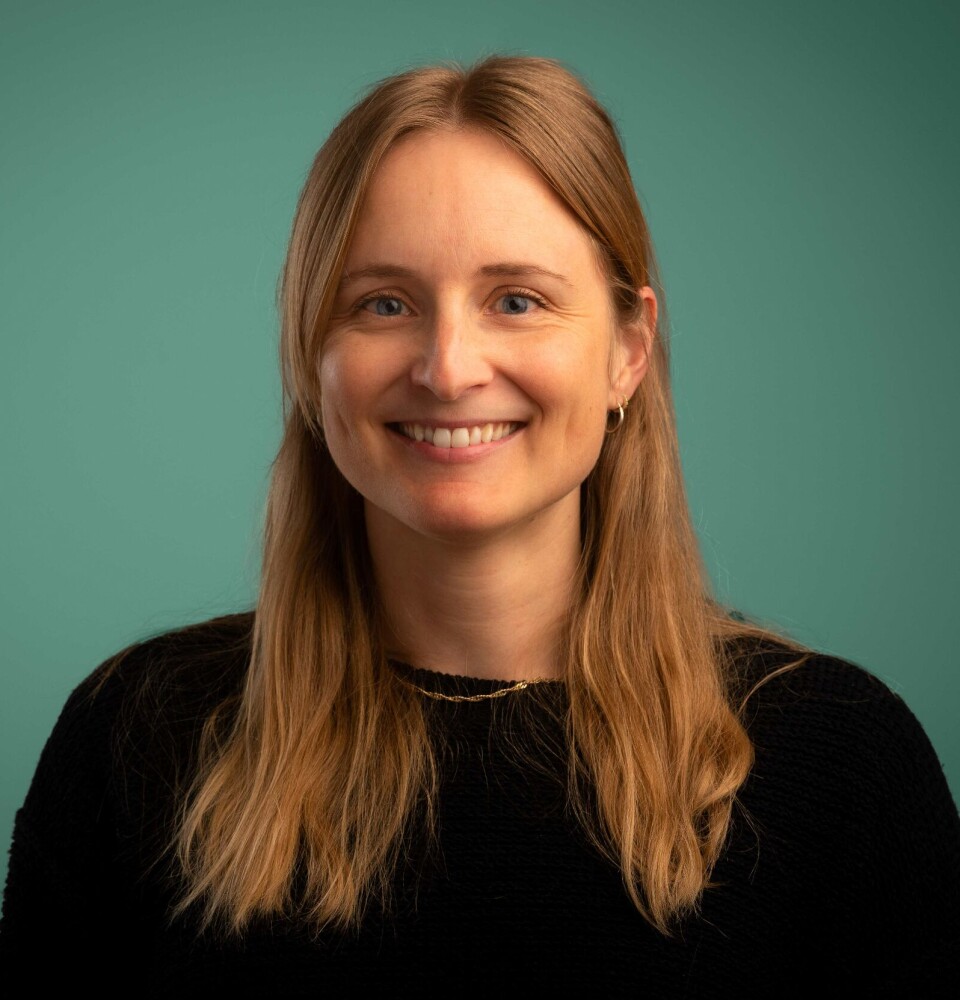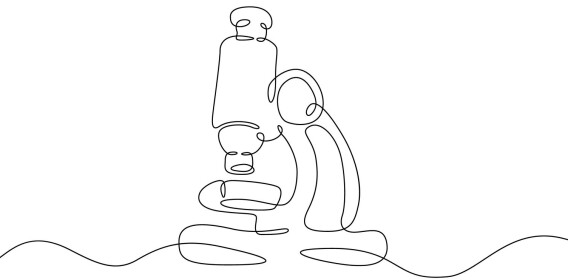Swimming with toxic sunscreen is not allowed here
This is not the case everywhere. "We're finding harmful sunscreen in our seas," says researcher.

When the sun is blazing and we want to go for a swim, applying sunscreen is a smart move.
But did you know that some sunscreens can harm marine life?
Several countries have banned these kinds of sunscreens.
Norway has not.
"We're finding harmful sunscreen in our seas," says researcher Cathrine Brecke Gundersen.

Why are sunscreens harmful?
Sunscreen often contains chemicals that withstand sunlight.
That helps them stay on your skin longer – but also in nature.
"These chemicals accumulate in the environment," says Gundersen.
That's why they're called forever chemicals.
Think about how sunscreen forms a thin film on the water when you swim.
Ski wax has the same property. It has now been banned in competitions.

Use environmentally friendly sunscreen
Researchers point to two chemicals that are especially toxic:
Oxybenzone and octinoxate.
"They can harm corals and small animals in the water," she says.
If those tiny creatures disappear, the rest of the marine life could be affected.
"They're food for larger animals," says Gundersen.
She recommends choosing sunscreens without those toxic ingredients.
But understanding the ingredient list on sunscreen can often be difficult.
Gundersen says that you should look for sunscreens with ecolabels to ensure they are safe for both you and the environment.

Banned in Hawaii
Hawaii has taken strong action against toxic sunscreen chemicals.
Most viewed
"This happened after researchers realised how harmful they were to marine ecosystems," says Gundersen.
They found that the chemicals were damaging coral reefs in particular.
Nearly one in three sunscreens had to be banned, according to the study.
In Norway and many other countries, these sunscreens are still legal.
Gundersen has colleagues working on new treatment systems to remove even more chemicals from the water.
"In a few years, new regulations will require stricter wastewater treatment," she says.
———
Translated by Alette Bjordal Gjellesvik
Read the Norwegian version of this article on ung.forskning.no

Subscribe to our newsletter
The latest news from Science Norway, sent twice a week and completely free.
























































